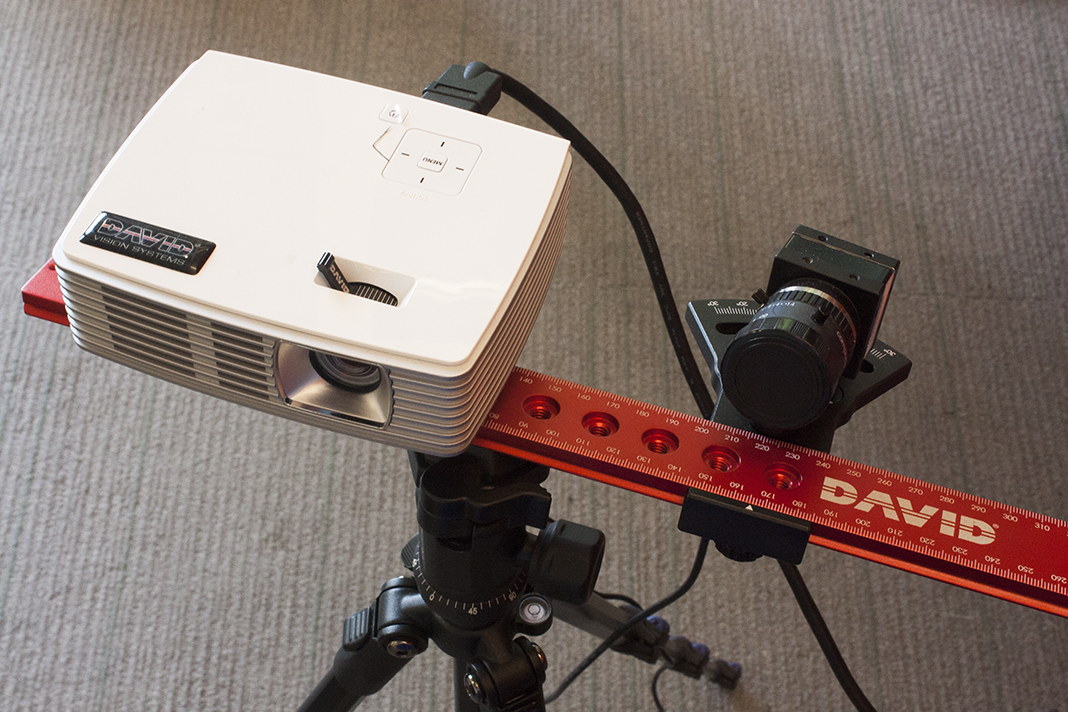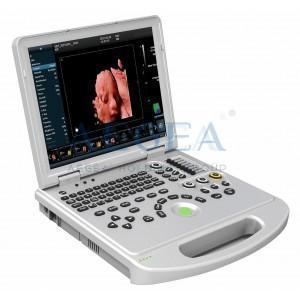
Scientists and engineers made significant development in the exploration missions of planets and celestial bodies in last few decades and gained knowledge about their resources and their properties. The biggest advantages of the 3D printed measuring instruments were the lower weight, the ability to print on the spot, to replace a damaged part with a new 3D printed part on-demand if extremely fast results are needed or due to the logistical unavailability, customization of the standardized tests for better understanding the behaviour of the particulate materials, and cheaper manufacturing costs.

The compared values of tests showed applicability of the 3D printed measuring instruments in a 5% range of measurement deviation. The results obtained from tests with original and printed instruments were then compared. To achieve the goals a series of experiments such as Schulze’s ring shear tests, Freeman’s FT4 shear tests, compressibility tests, and Flow Rate and Stability tests were performed with use of original aluminium or steel made instruments and 3D printed instruments from polylactic acid and acrylic styrene acrylonitrile materials, using lunar regolith simulants LHS-1 and LMS-1 produced by CLASS Exolith Lab as a sample material. Study explores the feasibility of measuring bulk material mechanical-physical properties when there are obstacles for printing original or modified measuring instruments in common practice. The aim of this study was to investigate the possibility of using instruments made by material extrusion 3D printing method for measurement of selected mechanical-physical properties of bulk materials. Baby powder is said to give good results on stuff you don't want to paint.Due to relatively new solutions in the field of 3D printing, there are few studies on the possibility of using printed elements in measuring devices. Note: For an easy scan, and good results, you better have an Airbrush around, to cover the objects with a wash-away layer of white paint, common Gouache will do fine.

If you don't like to change the Edge's batteries all the time, better add a Tranformer with 3V output, a common Mono plug, and some soldering work, too. Net Framework -A webcam -Some printed patterns -And stuff you'll find around you house, like Styrofoam boards, and UHU Por to glue it, for example. Net Framework add-on from Microsoft, if you don't have it installed already. Or, since David is generating a lot of complaints from the Readers of this Instructable, use one of these 5:


What you need: -An 8$ Laser Edge form any Hardware Store -The David scanner program, from David 3D Scanner


 0 kommentar(er)
0 kommentar(er)
